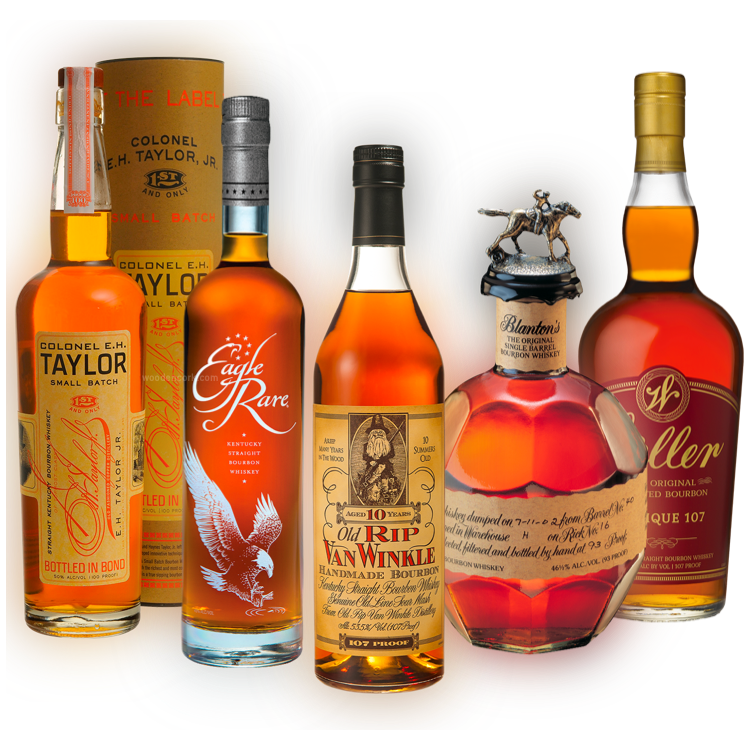How Going Green Benefits Alcohol Brands
Everyone in the beverage business is going green — and no one has to ask why. The writing has been on the spreadsheets for a while now, and forward-looking brewers and distillers are delving into the role of environmental stewardship.
The challenges are complex. A brewery or stillhouse is just one link in the life chain of a pint of beer or shot of liquor that is impacting the planet’s resources. That complex chain extends to the agricultural sourcing of the raw ingredients on one end, and bauxite mining and glass production for packaging on the other. Interdependencies between climate, watersheds, energy production and waste disposal entail multi-faceted aspects in every environmental initiative. Sustainable solutions call for innovation and perseverance.
“Sustainable initiatives help us—and all companies who undertake them—to make a positive contribution to society and our planet,” says Steve Harris, senior vice president, Technical, at Diageo North American Supply.
Cents and Sense
Not only are sustainable initiatives the responsible thing to do, they also make good business sense. Improving efficiencies in production as well as sourcing and packaging fall to the bottom line. Investment in green technology helps the planet while providing good returns on investments.
“Sustainability is the right thing to do,” says Katie Wallace, assistant director of sustainability for New Belgium Brewing. Wallace is also a co-chair of the Brewers Association’s Sustainability Subcommittee. “The more we can reduce our water and energy consumption and CO2 emissions, the more we help the eco system; it also mitigates our level of business risk.”
New Belgium has been a pioneer as a friend of the Earth. Employees each get a free bicycle for low-impact transportation. Investments in more-efficient technologies have paid dividends over the years. “We believe we are more profitable not in spite of our social and environmental efforts but because of them,” notes Wallace.
Other companies have seen similar results.
“Nearly two and a half years after launching the Bacardi Limited ‘Good Spirited: Building a Sustainable Future’ initiative, we are on track to achieve 2017 goals for sourcing, operations, and packaging,” says Julio Torruella, director of Global Environment – Operations, for Bacardi.
In 2015, Bacardi already achieved an estimated savings of $10M in energy, $2M in glass weight, increased water efficiency of 46% (and $2M savings) and reduced greenhouse gas (GHG) intensity ratio by 47%. “We are also on track to achieve our GHG emission reduction target of 50% this year, in 2016 – one year ahead of goal,” adds Torruella.
Rising Tides
A confluence of events gives urgency to these initiatives. The growing world population, now pegged at 7.4 billion, is straining resources—water, energy and agriculture. Climate change is having a greater, unpredictable impact, as all signs point to the disruptive effects of greenhouse gas emissions. Ratification of the Paris Climate Agreement will compel reductions in GHGs, and smart corporations are getting ahead of that curve.
Consumers are increasingly concerned about the situation. “More customers these days consider sustainability to be a business norm,” says Wallace. Research by New Belgium shows that as much as 70-80% of customers expect sustainability efforts from the companies they buy from.
Big and Small
Beverage producers big and small are improving operational efficiencies as well as examining impacts from agricultural partners and packaging changes. The drinks business is doing a good job compared with other industries. “We have a simple supply chain and impact,” points out Wallace. Just water, grain and other fermentables, hops and flavoring, and packaging—bottles and cans, which are recyclable.
While smaller craft producers may have more flexibility to make changes, they lack the resources that big companies possess. Another leg up for worldwide drinks giants: “Beverage companies with large global footprints are already experiencing impacting events such as brownouts and water shortages. They are forced to address these vulnerabilities, and translate those experiences into risk management practices,” says Tod D. Christenson, director of the Beverage Industry Environmental Roundtable (BIER).
BIER is a technical coalition of beverage companies working to establish benchmarks and develop best practices for sustainable solutions — all of which is freely shared.
Sustainability efforts fall into four main areas of concern: water, GHG emissions, waste, and packaging.
Water
Water is an essential ingredient in beverage alcohol. The production process is water-intensive, too. H2O is used for cooling, cleaning and packaging. On average, it takes 7-10 gal. of water to produce 1 gal. of beer—although some brewers have lowered that ratio considerably. Heineken USA, for example, has reduced water consumption at its breweries by 26% since 2008, according to company reports.
“Brewing beer requires a lot of water, not just for the liquid-end product itself, but also the process,” affirms Kate Avery, director of sales & marketing for Brewery Vivant. “We try to recapture as much water as we can, but inevitably it takes a lot.”
The goal is a 3:1 ratio, she adds. The Michigan-based brewery is the first Silver LEED-certified micro brewery.
Spirits ratios are more variable, depending upon the operational scale, distillation process and ABV. “One bottle of a premium spirit requires 10 liters of water to produce, making sustainable water use a very important consideration,” says Torruella. For Bacardi rums, that was reduced from 12 liters, a considerable savings. Bacardi’s 2017 goal is to cut water use by 55%.
Some water fixes are easy, like maintenance on pipes, hoses and other equipment to stop leaks. Brooklyn Brewery installed low-flow sinks as one facet of its water-reduction efforts. Allagash Brewing Co. in Portland, Me., keeps close tabs on water by installing flow restrictors on every faucet in their facility as well as using water-free urinals in restrooms; the keg line has a closed loop CIP system, reducing water needed to clean kegs.
Other aspects of beverage lifecycles are more water-intensive—growing raw ingredients and manufacturing packaging. Many beverage companies work with agricultural supplier partners to improve irrigation effectiveness and crop yields. MillerCoors’ Showcase Barley Farm in Idaho has cumulatively saved more than 400 million gallons of water in three years of operation.
“A critical goal for the future is also a current one: to reduce water use,” says Harris at Diageo. “We will continue to focus on improving water efficiency across our operations in order to enhance our performance as well as benefit local communities. The company increased water efficiency by 23% since 2007.
Energy
As products that require heating, cooling and chilling, beer and spirits are energy-intensive to make. But new energy-efficient equipment and best practices have dropped utility bills. Capturing and reusing heat and other energy is one strategy. Beverage companies are also moving toward renewable energy sources such as wind, solar and geothermal.
Diageo already uses 100% renewable electricity at the majority of its U.S. sites. Using biogas technology at its Glendullan distillery in Speyside, the plant last year realized a 25% reduction in fossil fuel energy.
This year, Brewery Vivant installed 192 solar panels to help supply energy. New Belgium retrofitted its warehouse with LED lighting, which cut electricity bills. The brewhouse also makes maximum use of available natural light.
Heineken revamped its Göss brewery in Austria, the first large-scale carbon neutral brewery in the world, according to the company. The brewery is now powered entirely by renewable and reusable energy sources, including solar, hydropower, biogas and waste heat from a neighboring sawmill. Other Heineken brands—including Tiger beer in Singapore, Birra Moretti Baffo D’Oro in Italy and Wieckse in the Netherlands—are using solar energy installations to power brewing processes.
For its part, Bacardi installed biomass boilers—fueled by wood chips, spent botanicals, and/or agave plants—at its Scotch whisky distillery in Aberfeldy, the Bombay Sapphire distillery at Laverstoke Mill in England, and the Cazadores tequila facility in Arandas, Mexico—which have cut GHG emissions. Two wind turbines were installed at the world’s largest premium rum facility in Cataño, Puerto Rico.
The post How Going Green Benefits Alcohol Brands first appeared on Beverage Dynamics.




